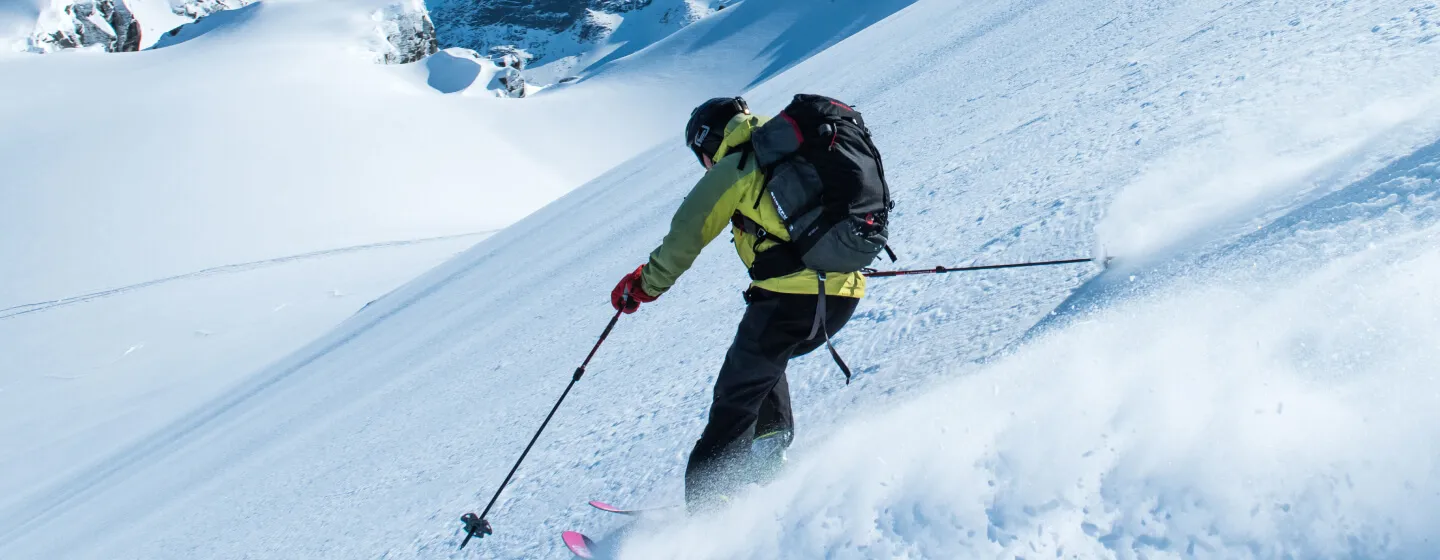Urban experiences meets raw Arctic nature
Avalanche safety in the Tromsø region
It is well known and highly popular for visitors to come to Norway to enjoy the beautiful, cold winters and snowy mountains. The Tromsø Region offers wild and steep mountains for any skier, snowboarder or hiker to enjoy. But did you know that Troms also is the most avalanche-rich county in Norway?
It is important to always consider the potential avalanche-danger and take safety precautions when exploring higher altitudes. There are several guides in the Tromsø-region that will be of help if you are unexperienced, and they also offer safety courses. Please contact the Tourist Information for details.
Varsom.no offers an updated avalanche-bulletin for the entire region.
Please note that the Tromsø-region is divided into five different avalanche bulletin-regions: Tromso, Lyngen, Nord-Troms (northern-Troms), Indre-Troms (inner regions) and Sør-Troms (southern-Troms). We wish to make visitors aware that these bulletins cover relatively large areas and that local variations might occur regarding the danger-level. This should be taken into consideration, when evaluating the risk in the area you want to go touring in.
Due to our climate, the Tromsø-region often have complex snow-conditions and the avalanche-problem might not be easily visible on the surface. Please note that the snow-conditions and avalanche-problems might differ from what you might be accustomed to from other destinations, both within Norway and worldwide.
Visit Tromsø recommend to join in on organized activities, that are led by qualified guides with good knowledge of the local areas.
For more information on avalanches, please see varsom.no.
We would also like to point out the importance of remembering the change of temperatures when walking in the mountains, both during summer and winter. Read more about appropriate clothing here.
The Norwegian Mountain Code
Make sure you stay safe in the mountains by following these rules.
- Plan your trip and inform others about the route you have selected.
- Adapt the planned routes according to ability and conditions.
- Pay attention to the weather and the avalanche warnings.
- Be prepared for bad weather and frost, even on short trips.
- Bring the necessary equipment so you can help yourself and others.
- Choose safe routes. Recognize avalanche terrain and unsafe ice.
- Use a map and a compass. Always know where you are.
- Don't be ashamed to turn around.
- Conserve your energy and seek shelter if necessary.
